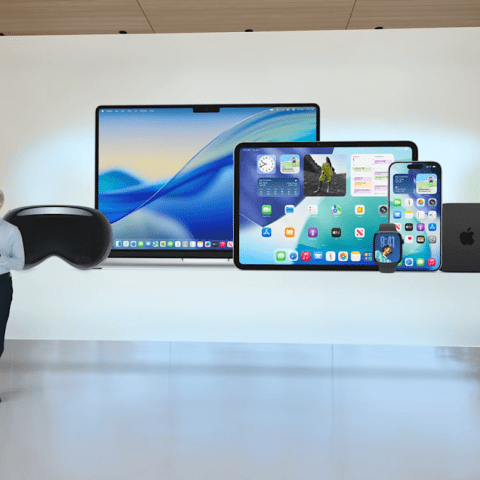I’ve been a loyal Pixel user for years. It’s often the smartphone that feels right for me. However, this time, I decided to make the switch to Samsung’s Galaxy Z Fold 7. The hardware is a big step up, and the software is getting better all the time. Still, there’s one feature that really drives me nuts: notification history.
The differences between a Pixel and a Galaxy phone have always been noticeable. Each has its strengths. Pixels are known for their clean experience, great call screening, and speedy updates. But lately, with Samsung’s One UI, the gap is closing. Versions 7 and 8 have made it feel simpler and less crowded. Combine that with top-notch hardware, and it creates a pretty enticing experience.
After using the Galaxy Z Fold 7, I realized just how good it is. I thought I’d miss my Pixel more, but most of my past complaints about Galaxy phones—like the app drawer and camera performance—have been resolved. Using a Galaxy phone now feels very similar to my Pixel experience.
But then, there’s the ongoing hassle with notification history. Samsung, OnePlus, and others seem to tuck away this feature, making it hard to access. Even after two more Android updates, Samsung hasn’t addressed this. To access your past notifications, you have to navigate through numerous menus. Even when you find it, you can’t directly interact with past notifications. Tapping on one just sends you to the app, missing the actual content.
For many, this might seem minor, but its usefulness cannot be overstated. Google has highlighted this in Android 16, making it easier to access than ever. It’s frustrating that Samsung continues to overlook this feature. You’ve probably accidentally swiped away a notification or cleared them all, wanting just to reference something important.
Moreover, Samsung also has notification categories turned off by default, which is puzzling. These features enhance the Android experience, making it odd that they are not standard.
While I’m thrilled to be using the Galaxy Z Fold 7, this issue with notification history is a real pain point. Samsung’s progress is commendable, but neglecting a feature that could enhance the user experience feels like a misstep. It’s not the first time Samsung has sidelined features that users didn’t know to ask for.
In the tech world, such quirks in user experience can make a big difference. A recent survey from Statista shows that 78% of smartphone users prefer devices that offer easy accessibility to important features. This highlights how crucial it is for companies to listen to their customers and make adjustments accordingly. In 2023, consumers want their phones to be functional and user-friendly more than ever.
As the smartphone landscape evolves, let’s hope that companies like Samsung listen and adapt to user needs.
Source link





















